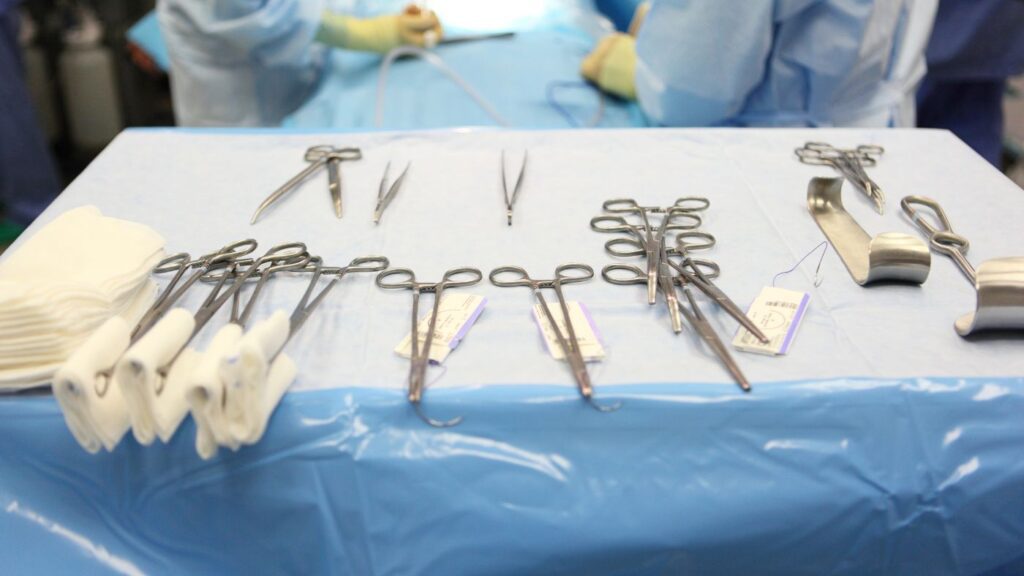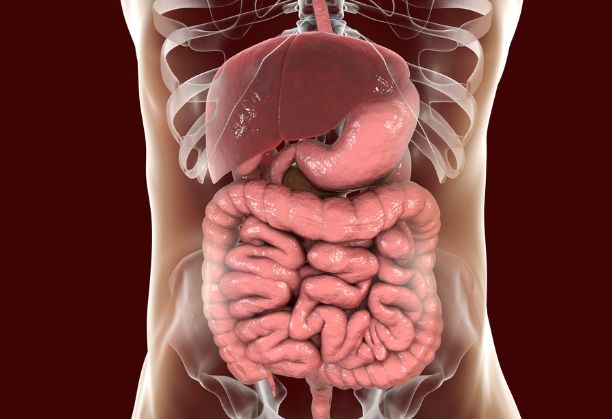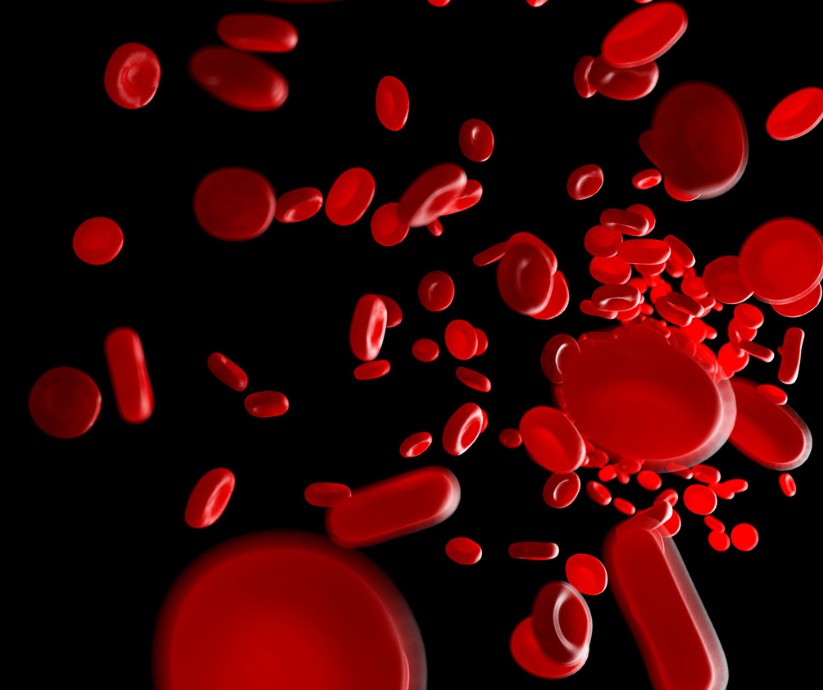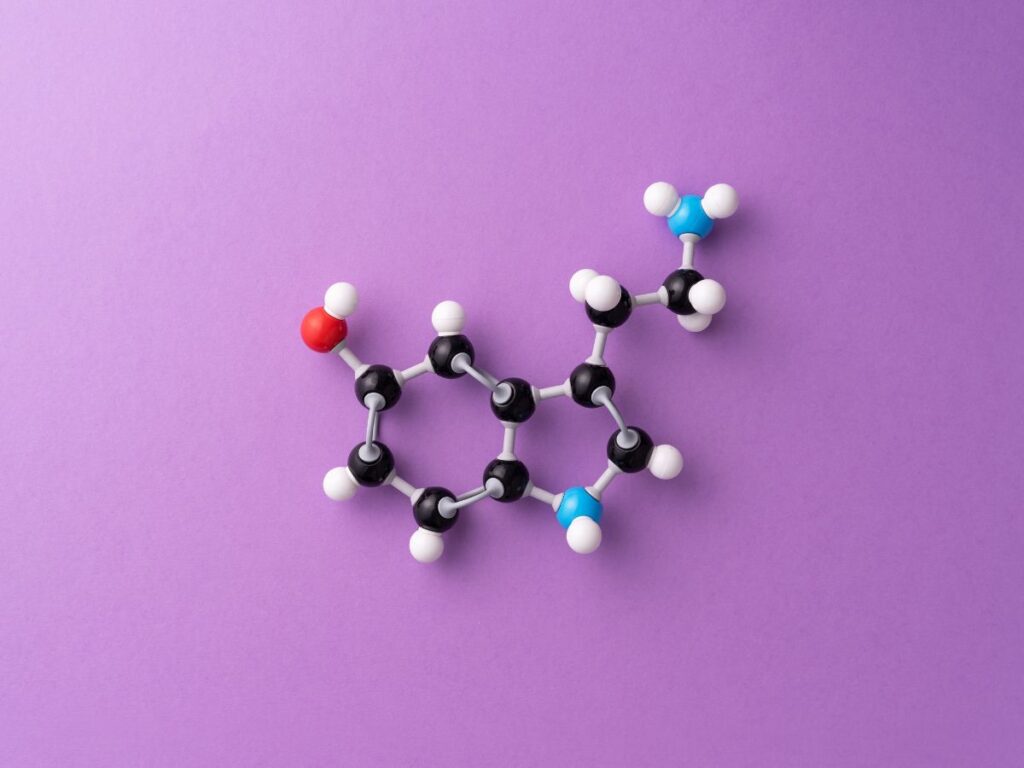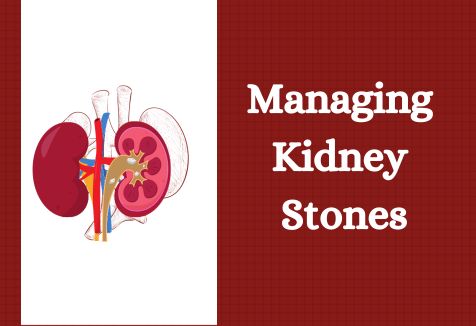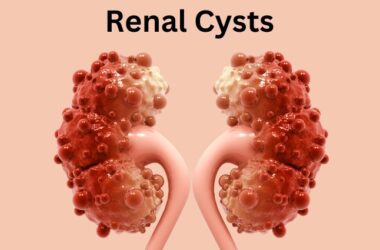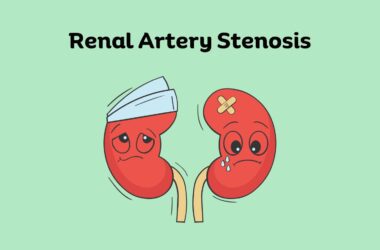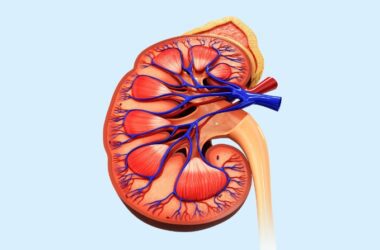Pharmacological treatment for kidney stones primarily focuses on pain management, promoting stone passage, and preventing further stone formation. The choice of medication depends on the type of kidney stone and the specific needs of the patient. Here are some common pharmacological treatments for kidney stones:
1- Hydration:
Water helps flush out waste and toxins from the body, including substances that can contribute to the formation of kidney stones. If you already have small kidney stones, drinking water can help them pass more easily through the urinary tract. Water can lubricate the ureters, making it less painful and more efficient for stones to move from the kidneys to the bladder.
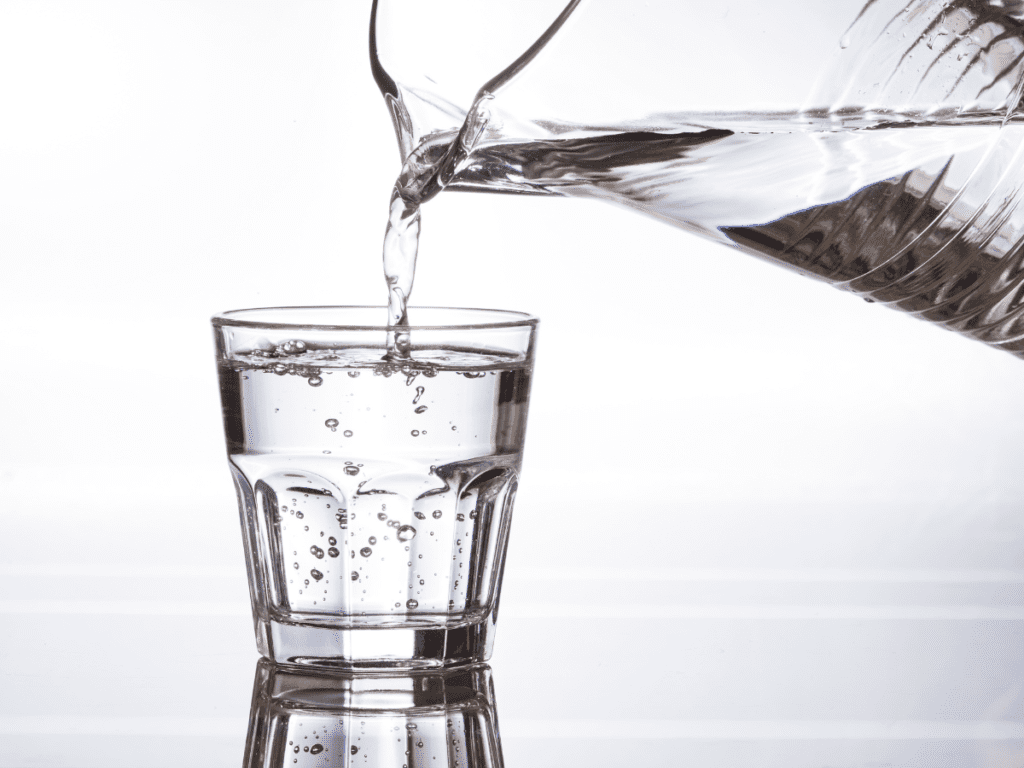

2- Pain Management:
- Nonsteroidal Anti-Inflammatory Drugs (NSAIDs): Medications like ibuprofen and naproxen can help alleviate the severe pain associated with kidney stones by reducing inflammation and blocking pain signals.
- Opioid Analgesics: In cases of intense pain that doesn’t respond well to NSAIDs, stronger pain relievers like opioids may be prescribed. These should be used cautiously due to the risk of addiction and side effects.
3- Alpha-Blockers
Alpha-blockers like tamsulosin may be prescribed to relax the muscles in the ureter, making it easier for the stone to pass through the urinary tract. This is particularly effective for smaller stones.
4- Calcium Channel Blockers:
Medications like nifedipine can also relax the ureter muscles and help in stone passage.
Prevent Stone Formation
- Thiazide Diuretics: If you have a specific type of stone (e.g., calcium oxalate stones) and your healthcare provider determines that it’s related to high urinary calcium levels, they may prescribe thiazide diuretics to reduce calcium excretion in the urine.
- Allopurinol: If uric acid stones are the problem and there’s an underlying issue with high uric acid levels, allopurinol may be prescribed to reduce uric acid production.
- Potassium Citrate: This medication can help raise urinary pH and make it less acidic, which can be beneficial in preventing certain types of stones, particularly uric acid stones and cystine stones.
The choice of treatment should be based on a thorough evaluation by a healthcare provider, including consideration of the type and size of the stone, the patient’s overall health, and any underlying medical conditions. Always follow your healthcare provider’s recommendations and take medications as prescribed. Additionally, adopting lifestyle and dietary changes to prevent stone recurrence is a crucial aspect of managing kidney stones in the long term.
Procedures for kidney stone removal
Kidney stone removal procedures are used to eliminate or break down kidney stones that are causing symptoms or complications. The choice of procedure depends on factors such as the size, location, and composition of the stones. Here are some common procedures for kidney stone removal:
Extracorporeal Shock Wave Lithotripsy (ESWL):
- Description: ESWL is a non-invasive procedure that uses shock waves generated outside the body to break kidney stones into smaller fragments that can be passed more easily through the urinary tract.
- Indications: ESWL is typically used for small to medium-sized stones located in the kidney or upper ureter.
- How It’s Done: The patient lies on a table, and a machine sends shock waves through the body to target the stone. The patient may require multiple sessions.
Ureteroscopy (URS):
- Description: URS is a minimally invasive procedure where a thin, flexible tube with a camera (ureteroscope) is passed through the urethra and into the urinary tract to locate and remove or break down stones.
- Indications: URS is effective for stones located in the lower and middle ureter or the kidney.
- How It’s Done: The surgeon uses a laser or other tools to break the stone into smaller pieces, which are then removed or allowed to pass naturally.
Percutaneous Nephrolithotomy (PCNL):
- Description: PCNL is a surgical procedure used for larger or more complex kidney stones. It involves making a small incision in the back to access the kidney directly and remove or break up the stone.
- Indications: PCNL is suitable for large, staghorn, or stones that cannot be effectively treated with other methods.
- How It’s Done: A nephroscope is inserted through the incision to visualize and remove or break the stone. The patient may require a brief hospital stay.


Laser Lithotripsy:
- Description: Laser technology is often used during URS or PCNL to precisely break down kidney stones into smaller fragments for removal.
- Indications: Laser lithotripsy is effective for stones that cannot be easily fragmented by other means.
- How It’s Done: A laser fiber is inserted through the ureteroscope or nephroscope to break the stone into smaller pieces, which are then removed or passed naturally.
Open Surgery (Nephrolithotomy):
- Description: Open surgery is rarely used today and is reserved for very large or complex stones that cannot be treated with less invasive methods.
- Indications: Open surgery may be necessary when other procedures are not feasible or successful.
- How It’s Done: An incision is made in the back to access the kidney directly for stone removal.
